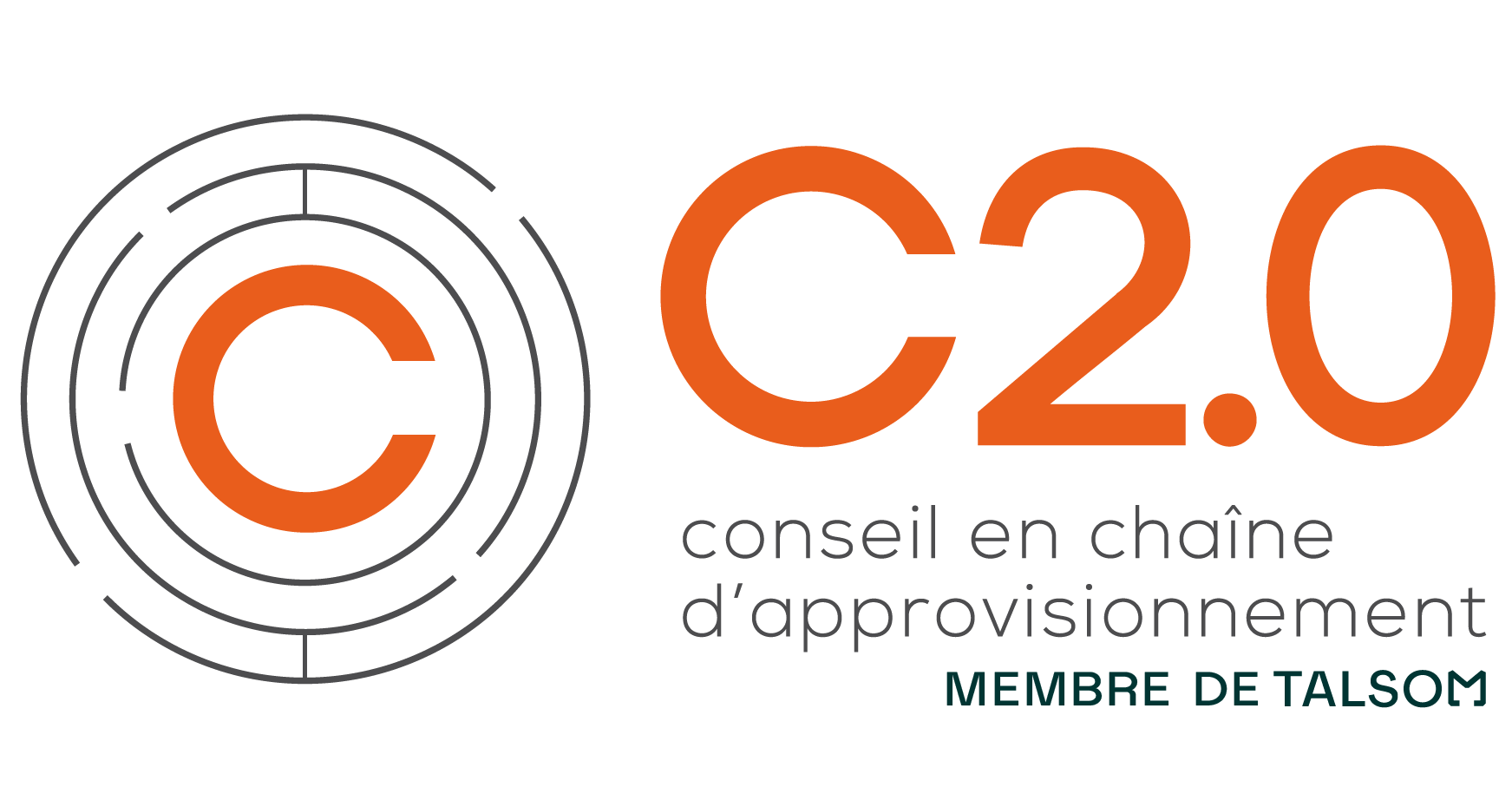- March 29, 2021
- 11:07 am
Year
2019
Type of project
Transport
savings
85M$
Directed by
Afef Bouguerra
Martin Nadon
Overview
Customer Presentation
Our client is a leading multinational retailer specializing in mass distribution. He is ranked in the Fortune 100, a ranking of the top 100 U.S. companies by revenue size.
Challenge
In a context of shortage of carrier availability, the customer was looking to ensure capacity for its network. Thus, he wanted to reduce his transportation costs, which were too high, and minimize the carrier database (the number of carriers to manage).
Client's goal
The client wanted to carry out a transportation tender in order to optimize their distribution network for their store in Canada and Mexico.
Execution of the project
Based on one year of historical data, Conseil 2.0 modeled the distribution network by defining 14,000 lanes (origin-destination) for Canada and 1,800 lanes for Mexico. The historical data also defined a baseline (historical cost) of $450M for the Canadian distribution network and $285M CDN in Mexico. The historical data was used to perform a comparative evaluation at the end of the project to determine the savings generated.
Both projects included different modes of transportation: TL, Intermodal and LTL. More than 1200 carriers were and were invited to participate in these events.
The 6-step methodology was proposed and adopted by the client:
The objective of this phase was to evaluate the carriers invited to the event. A qualitative questionnaire was sent to the carriers to find out if they met the criteria and requirements of the client. Only qualified carriers had access to the following steps.
All qualified carriers in the RFI step were asked to provide rates for the lanes they were interested in. During round 1, Conseil 2.0 ensured the validity of the bids received and supported communication with all carriers throughout the event.
The objective of this step was to provide feedback to the carriers that participated in round 1, informing them of their position relative to other participants and also to correct the bids if there were any errors on their part. The feedback given to the carriers allowed us to maximize the savings that we were able to obtain from the market.
In collaboration with the client, Conseil 2.0 defined different scenarios of analysis and simulations to find the best solution that would meet the client’s needs and requirements.
Examples of scenarios realized
- Cost based allocation: Allocate volume to the most competitive bids (Low cost, no constraints)
- Cost based allocation and capacity constraints: Allocate volume to the most competitive bids while respecting the carrier’s capacity per lane and overall capacity.
- Allocation that encourages existing carriers: Encourage carriers that are currently active in the customer’s distribution network.
- Introduction of X% new carriers: Evaluate the impact of introducing new carriers into the distribution network.
- Exclusion of brokers: Measure the impact of allocating 100% of the volume to asset base carriers only.
- Allocation by maximizing the use of the customer’s fleet
- Limiting the number of carriers to be used: Finding the optimal balance between the number of carriers to be managed and the coverage of total volume.
- Maximizing a transportation mode: Assess the impact of maximizing the use of a particular transportation mode (rail, road, power only, etc.).
- Ability to allocate primary, secondary, and tertiary carriers
Once the analysis done, C2.0 identified the high-volume lanes that had a lot of bidding, therefore a great competitiveness, as potential lanes to go into e-auction and to obtain more savings. 150M of transportation volume was auctioned and 94 carriers participated. During this stage 5% additional savings were achieved.
By taking into account the constraints and the operational and strategic reality of the client, Conseil 2.0 was able to provide optimal allocations that were the result of the optimization and e-auction step of this auction process. During this process more than 500,000 bids were analyzed and optimized to provide the optimal result to the client.
Results
The transportation tender managed by C2.0 resulted in significant savings. Indeed, a reduction of approximately 15% was achieved for both tenders. In addition, the number of carriers was reduced by 150, going from 258 to 108 carriers, yet allowing just as effective coverage.





